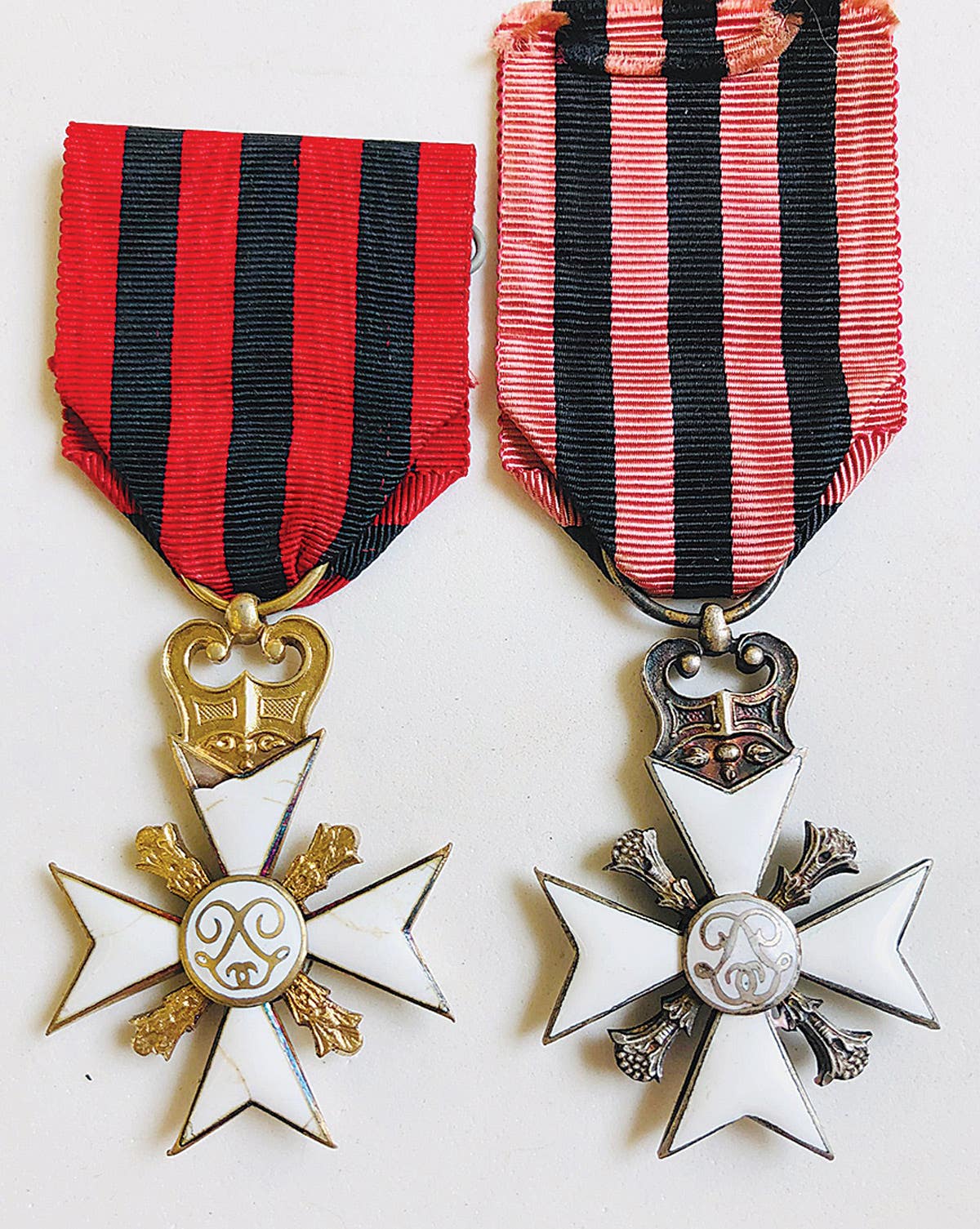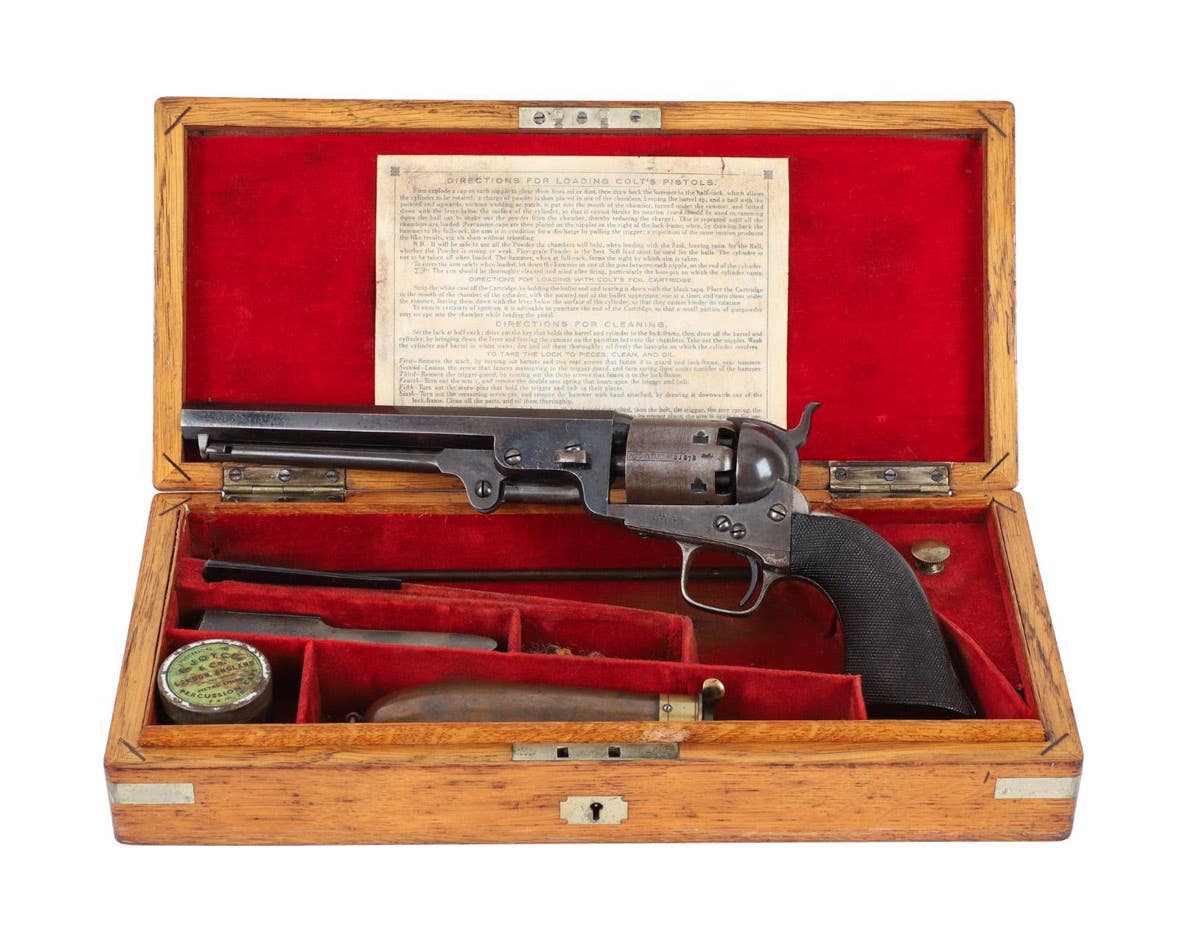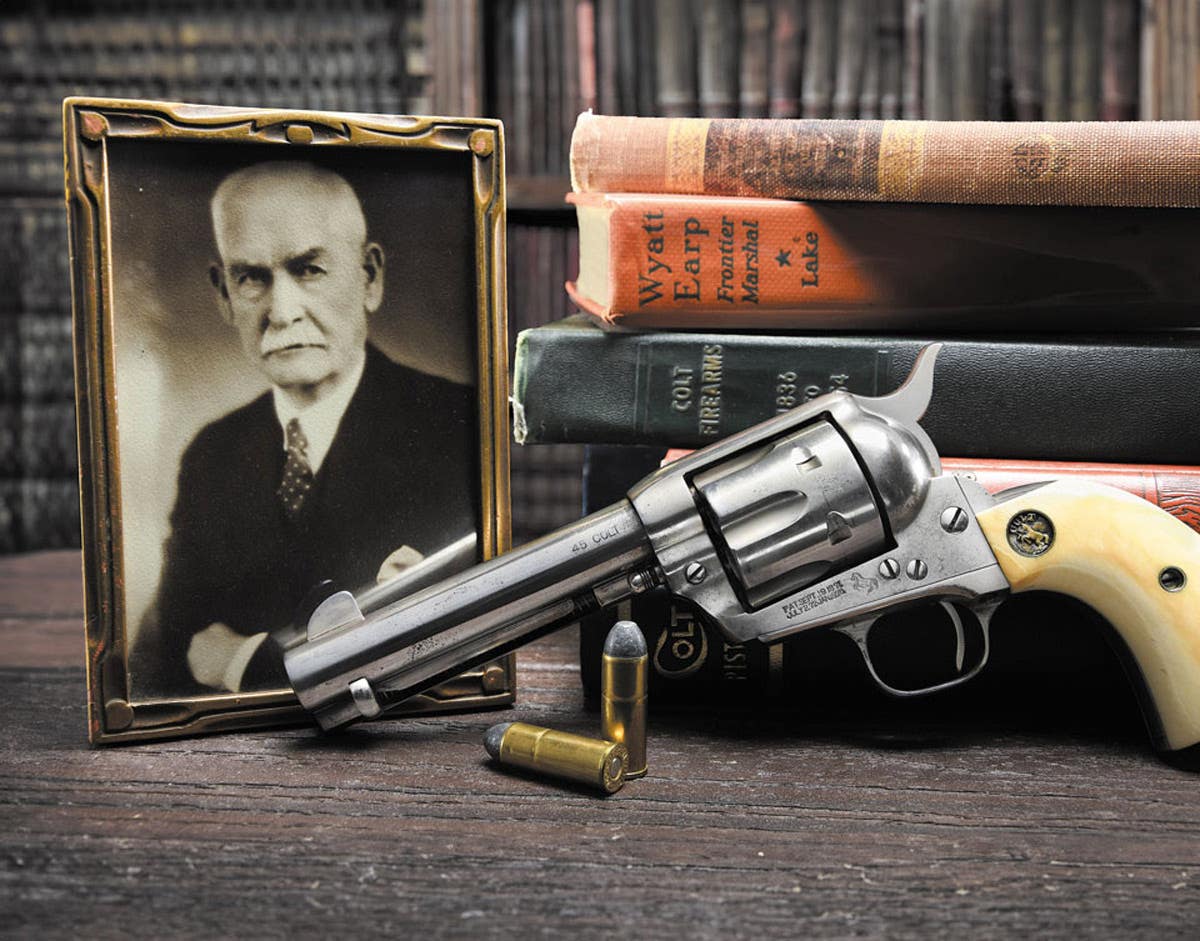US Navy Commander: From Northern Michigan to the High Seas
The life of Commander Thomas B. Buell, USN
Collectors always search for unique additions to their collections. If the stars are aligned, sometimes searching eBay yields results. That was the case when this author spotted a unique medal listing. It was discovered that the seller’s additional listings were all attributed to USN Commander Thomas Bingham Buell The seller (a relation of Buell) preferred to keep the items together to maintain their historical significance. Now, ten years later, it is possible to reconstruct a time line of Commander Buell’s illustrious career, using that significant accumulation of military relics.
A CAREER IN THE NAVY
Thomas Bingham Buell (April 30, 1936 –June 26, 2002) was a Naval Academy graduate, Commander of Destroyers, and noted Naval historian. Born to Darius D. and Charlotte Buell, Thomas spent his boyhood on a farm in northern Michigan. It appears that he set his sights on becoming a career naval officer early in life.
On June 29, 1953, he enlisted in the United States Navy Reserve and attended the Bullis School, an independent preparatory school in Potomac, Maryland. By July 1954, he was admitted to the United States Naval Academy as a Midshipman.
With his Reefs Points Academy guide and Bible in hand, he embarked on his naval career. As a member of the class of 1958, his insignia encapsulates his journey through the rigors of Naval discipline and challenging academic courses. An outstanding student, Thomas’ favorite course at Annapolis was Naval history. On June 4, 1958, Buell graduated from the Naval Academy and was commissioned an Ensign.
In June 1958, Buell was assigned to the destroyer, USS Hammer. The Hammer was a Gearing class destroyer that was deployed as part of the Pacific Fleet. With Buell serving as the division officer, the destroyer made many goodwill visits to Asian ports. He served six weeks with the Taiwan Patrol during December 1958, following a flare up of the Quemoy-Matsu crisis. Buell continued his service aboard the Hammer until June 1960. During that time, he received a promotion to Lieutenant Jr. Grade and was married to Marilyn Douma on June 18, 1959.
By August 1960, Buell was re-assigned as a missile officer on the USS King, a Farragut-class guided missile destroyer. The King continued training out of San Diego doing extensive preparations for its first WestPac cruise. Another special moment occurred when, on April 4, 1961, Thomas welcomed the birth of his son, David W. Buell.
Following a promotion to Lieutenant, Buell’s career takes a turn in July 1962, when he was assigned to the Naval Postgraduate School (NPS), specializing in Ordnance Engineering. He received his BSEE (electrical engineering) degree and designated a Weapons Systems Specialist. During this period of advanced study (1962-64), Buell welcomed a new daughter when, on April 9, 1963, Melora K. Buell was born.
The advanced training led to a July 1964 assignment to the USS Brooke, a guided missile frigate. The Brooke was the lead ship of her class of guided missile frigates. During this period, Buell helped fitting out the ship followed by duty through 1967 as a Weapons Officer. Shortly before leaving the Brooke on Jan. 1, 1967, Buell was promoted to Lieutenant Commander. At this time, he demonstrated his flair for writing, publishing his first article, “To Build a Better Ship — On Time” in the U.S. Naval Institute journal, Proceedings. The article has been regarded a well-defined writing on technical and procedural problems.
In March 1967 Thomas Buell was detached from the Brooke and reported to the Norfolk Naval Shipyard as Technical Assistant for Weapons. By July, he qualified for command of destroyers which lead to him being assigned to the guided missile destroyer, USS King. The ship movements were concentrated in the Western Mediterranean until she arrived at the Norfolk Naval shipyard for an overhaul.
In August 1970, Thomas Buell was assigned to the Naval War College as a student in the College of Naval Command and Staff. This is where Thomas returned to his true love of Naval history. While in an independent study program, he produced a monograph on Admiral Raymond A. Spruance. Apparently, many years earlier, Buell had an opportunity to have an afternoon’s conversation with the Admiral at his Carmel, California home. It was a profoundly moving experience for the young Buell.
By June 1971, Buell graduated from the Naval College and received the Navy League Sims Award as outstanding student finishing first in his class. Upon graduation, he was appointed to the faculty of the Naval War College as Curriculum Evaluation Officer. He completely revised the curriculum for the following academic year while continuing to lecture on naval history and strategy.
On November 1, 1971, Buell was promoted to Commander and was one of thirteen officers selected for the Navy’s inaugural Professional Development Program. His independent study and research culminated in the book, The Quiet Warrior: A Biography of Raymond A. Spruance (Naval Institute Press). This biography showed Buell’s connection to the Admiral who was a very private person and a real challenge for a biographer. The book was placed on all four military services’ reading list. For his work on the biography, Buell was awarded the Rear Admiral Samuel Eliot Morison Award for Distinguished Contributions to Naval Literature by the Naval Order of the United Sates.
In December 1973, Buell assumed command of the USS Joseph Hewes (Fast Frigate).The Knox class design had been modified to extend range and carried a complement of 18 officers and 267 enlisted men.
Buell liked to go to sea and in the traditions of those in command, he proved to be a fine ship handler. He ran a quiet, business-like bridge. He rewarded his officers who proved themselves professionally competent with increasing levels of trust and responsibility. It was said that when his temper was on the rise, it was presaged by the pulsing of a vein in his forehead, giving ample warning to any offending officer or sailor.
Buell understood and venerated naval tradition as indicated in his writings. During his service on the USS Hewes he undertook a six-month Indian Ocean deployment and independent steaming. The Hewes made the first U.S. Navy Operational transit of the Suez Canal after it was reopened in 1975. His term at sea would not be the culmination of his career, however. When he left the Hewes in 1975, he was assigned to the United States Military Academy at West Point as the Naval Liaison officer and member of the History Department Faculty.
While at the U.S. Military Academy, he was the Military Art Director. He coordinated 16 instructors while introducing history textbooks that eventually replaced the standard West Point Atlas of American Wars.
His students revered his ability to teach naval history electives. One of his graduating cadets, Stephen Heard, presented Buell with his complete collection of West Point class pins in appreciation of Buell’s teaching skills. Interestingly, Heard may have had a special connection with Buell since both graduated from the Bullis School in Maryland.
For his work at West Point, Buell was awarded the Legion of Merit for Meritorious Service. After leaving West Point, Buell served two terms on the Board of Control of the U.S. Naval Institute from 1977-1979. He was only the second officer below the rank of Captain to have been elected to the Board since 1941.
Thomas B. Buell retired from the Navy on July 1, 1978. In retirement, he continued his writing. In 1980, he published, Master of Sea Power: a Biography of Fleet Admiral Ernest J. King. It become another classic of Naval literature.
His writing blossomed in his retirement years and included a fine monograph, Naval Leadership in Korea as well as an iconoclastic appraisal of the Civil War Union and Confederate combat leadership in his book, The Warrior Generals: Combat Leadership in the Civil War (Crown 1997).
Buell was always in demand as a public speaker since he had the rare ability to distill complex subjects to communicate to his audiences. He became a Writer in Residence at the University of North Carolina at Chapel Hill and guest lecturer at UNC and Duke. As late as 2002, he was at work on a sea warrior trilogy using three pivotal naval battles: Lake Erie, Hampton Roads, and Guadalcanal. The work looked at how naval leaders responded to stress.
Unfortunately, on June 27, 2002, Commander Thomas B. Buell, commander of destroyers and author, slipped his cable. He was interred back in Union City, Michigan, the state where he spent his youth.
You may also like:
*As an Amazon Associate, Military Trader / Military Vehicles earns from qualifying purchases.
David Burrows is a retired educator and life long military collector. He started collecting as a teenager. David was a physics teacher for 37 years with the Pittsburgh Public schools. He is a frequent contributor to Military Trader as well as the OMSA Journal. His other passion with British cars has resulted in many feature stories both in US publications as well as international publications over the last 30 years.








